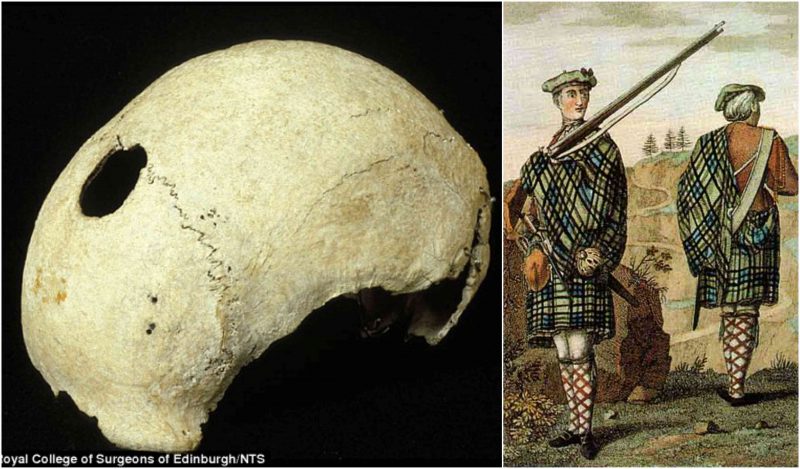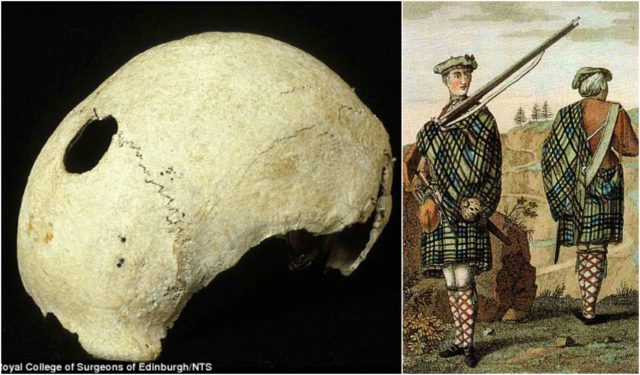
A skull that was found on the ancient battlefield, known as Culloden, is helping archaeologists, experts, and the public understand the brutal battle that was fought there. This very fight had ended the rebellion against George II from the House of Hanover.
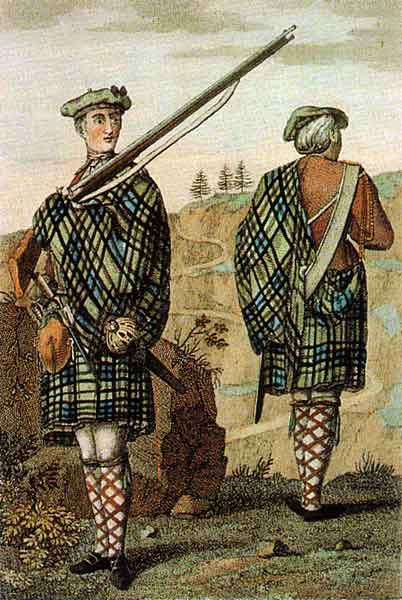
Archaeologists used 3D modeling technology in order to study the skull. It is believed that the skull came from one of the soldiers killed during the battle between the forces of the British state and the Jacobites.
On the very top of the skull there is evidence of an entry wound from a projectile just left of the center, with a bigger exit would at the lower right. This suggest that whoever had killed the poor man had shot the man right on the top of the head. The evidence suggests that the man must have been shot point blank by a musket. To be more exact, it is believed that the musket was fired from about 147 feet away.
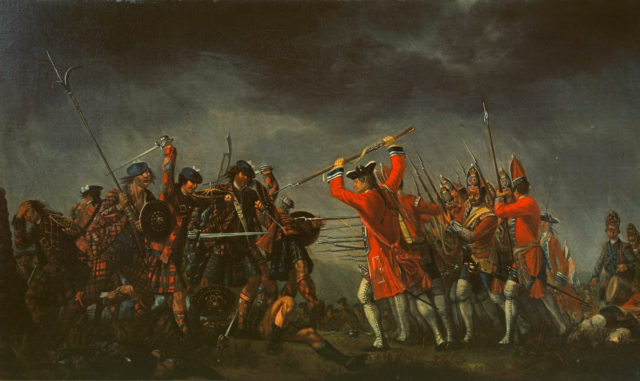
The head of archaeological services for the National Trust for Scotland, Derek Alexander, said that he and his colleagues can’t tell whether the skull belonged to a man from the Jacobite or Government troops. However, the injury could have several different stories to support it.
He explained that someone could have had their head down, looking at the ground as they charged forward. Another way was that someone had been injured and on their hands or knees with their head facing down as they were hit. The other way is that the head could have been down as the soldier was reloading his musket.
The skull is described as a unique example of human remains from the battle. It also shows just how gruesome the battle was, with both sides suffering immensely.
The skull has actually been in the collection of the Royal College of Surgeons of Edinburgh’s Hall Museums since it was bought in 1825. Before it was purchased, it was marked as having been found on the part of the battlefield where the Highlanders had attacked George’s troops.
The Jacobite army had been made up of Highland battalions, supported by the French. They lined up to face the British Government army which consisted of four Scottish units, one Irish, and 11 English.
On April 16, 1745, the groups faced each other across Culloden Moor. In between volleys of musket and artillery fire, the Jacobites wrapped their tartan around their arms and charged the UK troops. Due to the boggy ground and a delay by the MacDonald regiments on the left wing, the Jacobites were left exposed, and this caused their charge to collapse. Bonnie Prince Charlie, or Charles Edward Stuart, had fled the battlefield at that point and found safety in exile in France.
The skull had actually been part of a collection of more than 3,000 items purchased from the Scottish surgeon Sir Charles Bell. In order for experts to understand the skull, they made a 3D image and digital model. The data officer of National Trust for Scottish archaeology, Stefan Sagrott, said that a photogrammetry is a great tool for them. It is low cost and doesn’t require any high-tech equipment besides software and a camera.
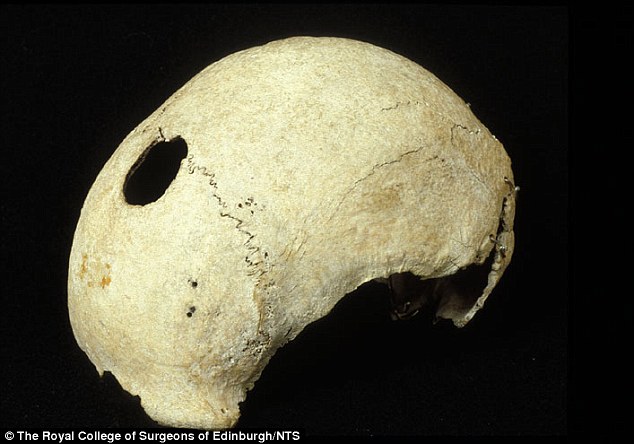
They are using that equipment to record a wide range of cultural heritage sites, monuments, and artifacts. In fact, they are getting amazing results. Sagrott explained that they can now study any object that might be too fragile for people to handle. They take a photo of it, make a 3D model, and put the results online so that people can see the model wherever they are in the world.
Another great thing about the software is that they can 3D print anything, making exact replicas of the artifacts. These can then be displayed in any museum and handled by the public or experts without the worry that they will be damaging the original.The 3D model of the skull was created in part to commemorate the 270th anniversary of the battle.
